Your bounce rate can be an issue if your website receives consistent traffic but struggles to turn those visitors into paying clients if you don't follow the right web design tips from a UI/UX design company like us. The bounce rate measures how frequently website visitors "bounce" before making a purchase.
The most crucial element of any digital marketing plan should be your website's responsive design. Therefore, a low bounce rate might render all other marketing initiatives useless, hence making web page design a crucial factor. Several web design issues, such as crowded site layouts, outdated aesthetics, and slow load times, can contribute to high bounce rates. Allow us to explain and handle all of these problems and optimize your website to reduce bounce rates and increase conversions through designing a website.
Websites come in a wide variety of styles and approaches when it comes to design. There are a few fundamental guidelines that always apply, but your final appearance should represent your own style, workspace, and business identity. A good site's design is useful, easy to grasp at a glance, and improves the user experience. We've included several straightforward website design tips and tricks below to help you create a functional and appealing website.

14 Most Effective Web Design Tips
1. Maintain a Simple and Uncluttered Homepage
Your main message should be clear from the homepage of your website. After all, you seldom ever read an entire webpage. Instead, skim the website rapidly and read only the highlights of the words, phrases, and images.
Given these common habits, it is preferable to use anecdotes over lengthy sentences. Visitors to your website will be better able to comprehend and assess your material if there is less for them to read, click, and remember.
Users are more likely to behave as they anticipate by planning for a shorter attention span and selecting a contemporary website design for it.
These straightforward website design tips or suggestions can assist you as you learn how to create websites by helping you segment your material and create a visually appealing and compelling front page.
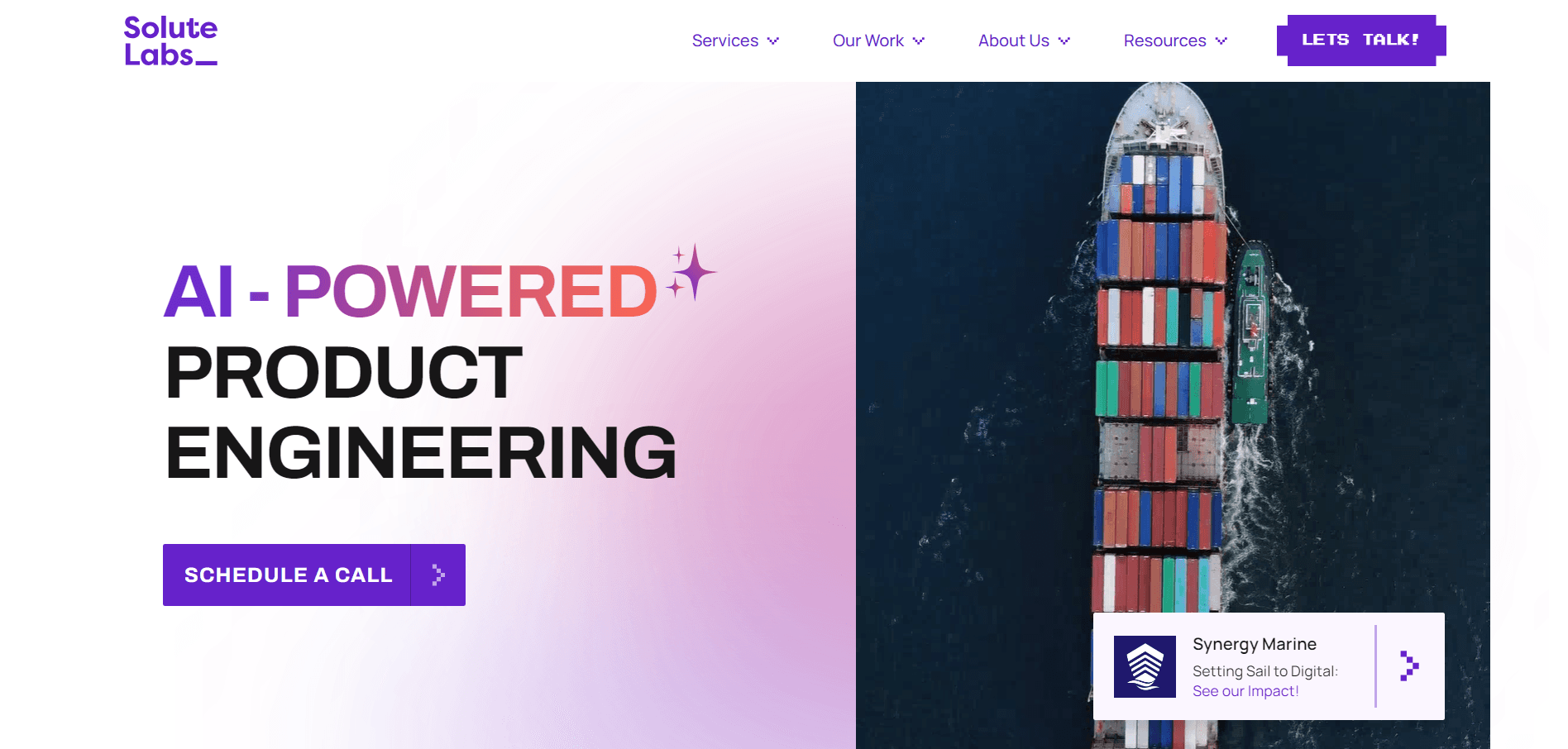
2. Navigate without Scrolling or Clicking anywhere as rapidly as you can
- Space Content: Leave room between components. You may make a design feel larger and more balanced by keeping certain spaces empty. Create short, easy-to-read paragraphs for your writing.
- Add Pictures: Beautiful images, vector drawings, and icons are excellent alternatives for expressing your viewpoint in high-quality media.
- Add a Call to Action:
3. Consider Visual Hierarchy When Designing
A key web design idea that will help you convey your material succinctly and clearly is hierarchy. By using hierarchy correctly, you may direct website users' attention to particular page items in the order of importance, from most important to greatest priority.
The following are the key elements of the visual hierarchy:
- Physique Measurements: To make top assets more noticeable, enlarge things like firm names and logos. Naturally, readers are drawn to huge, strong headlines first, followed by shorter text paragraphs.
- Element Position: The visitor's attention is drawn appropriately by a well-designed website layout. For instance, you might put a logo in the header or a call to action button in the middle of the screen.
By creating a distinct hierarchy of content, you force readers to unconsciously follow the trail of breadcrumbs you lay out. Applying color, contrast, and spacing after that will help it stand out even more.
It can also help if you remember the visual hierarchy when designing your logos. By designing your logo with an online logo maker and following a visual hierarchy, you can also establish a great connection with your audience.
Be mindful of what draws the most attention, and make sure your choices are always deliberate. Striped or grid layouts, like those in the Gallery theme, are effective web design components that might be helpful. Check out some website templates created by designers for additional thoughts and inspiration.
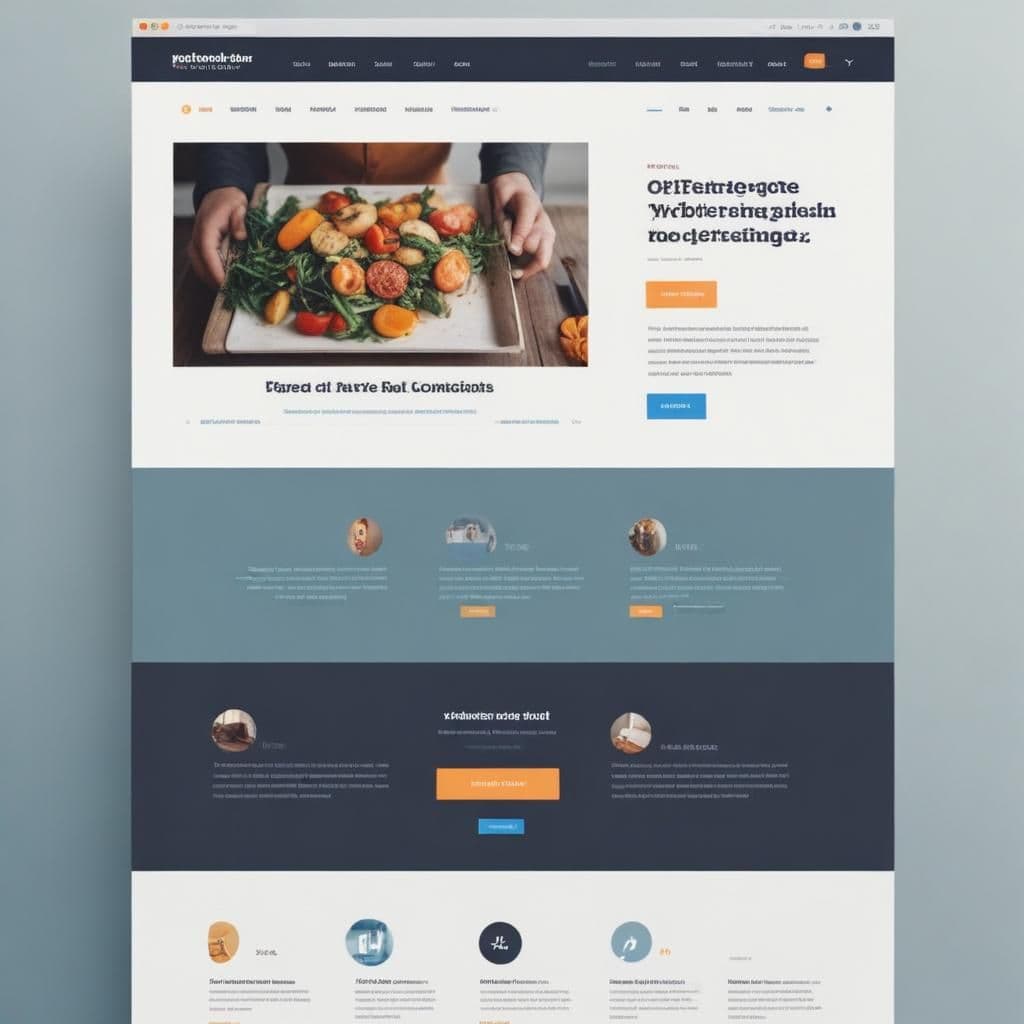
4. Produce Comprehensible Website Content
Readability gauges how quickly words, sentences, and phrases are recognized by readers. Users will find it easy to browse or skim your website if it is very legible. You'll be better able to retain the material if you do it this way. The readability of websites is comparatively simple. Use these crucial guidelines:
- Contrast is Crucial: For reading and website accessibility, a proper contrast between the color of the text and the backdrop is essential. Although the color scheme of your website may reflect the colors of your business, make sure there is adequate contrast between the various sections. Use a website tool like Contrast Checker to do this.
- Extra-Large Font: Most individuals find it challenging to read tiny letters. In web design, it's a general rule of thumb that body text should be at least 16 points in size.
This is an excellent place to start, but keep in mind that the number depends totally on the typeface you select for your website.
- Fonts: The world of typography is filled with many fonts. There are two types of typefaces available: sans serif, which literally means "no serifs," and serif fonts, like Times New Roman, which include tiny, projecting lines at the ends of the letters. Long web texts like the one you're reading right now typically work best with sans-serif fonts. These many font styles can also be combined to make intriguing font combinations. There are a tonne of beautiful display fonts available, including handwriting-like cursive fonts. To avoid overbearing effects, if you do choose to utilize any of them, don't use them excessively.
Use no more than three typefaces on a single website, and keep the number of fonts to a minimum. More complex font combinations could be necessary for some projects, but using too many distinct fonts will typically make your brand identity less clear and crowded.
Use a text theme. To build a clear hierarchy, make sure that the written website content's size and weight vary (from large headings to small text or subheadings to little paragraphs). You'll always have something to draw readers' attention with the help of these practical tips for website design.
5. Make your Website Simple to use
Despite being unique, website navigation shouldn't be cutting-edge. After all, users should have no trouble finding the information they need. A website with good navigation may also significantly enhance the user experience while assisting search engines in indexing your content.
- Connect your Homepage to your Logo: Visitors to the website expect this famous technique, which also helps them save some money. Cherished clicks we strongly advise designing your own logo as part of your branding if you don't already have one.
- Keep an eye on your Menu: Your website's menu should be appealing and simple to navigate, regardless of whether you go for a traditional horizontal list, a hamburger menu, or another menu.
Ensure that the order of each part reflects its significance. Provide vertical navigation by using an anchor menu, for instance, if your website is a single page. Your visitors may easily go to any page on your website with just one click. A "Back to Top" button that directs users to the top of the page wherever they are on your website is an additional choice to think about.
- Do Your Footwork:
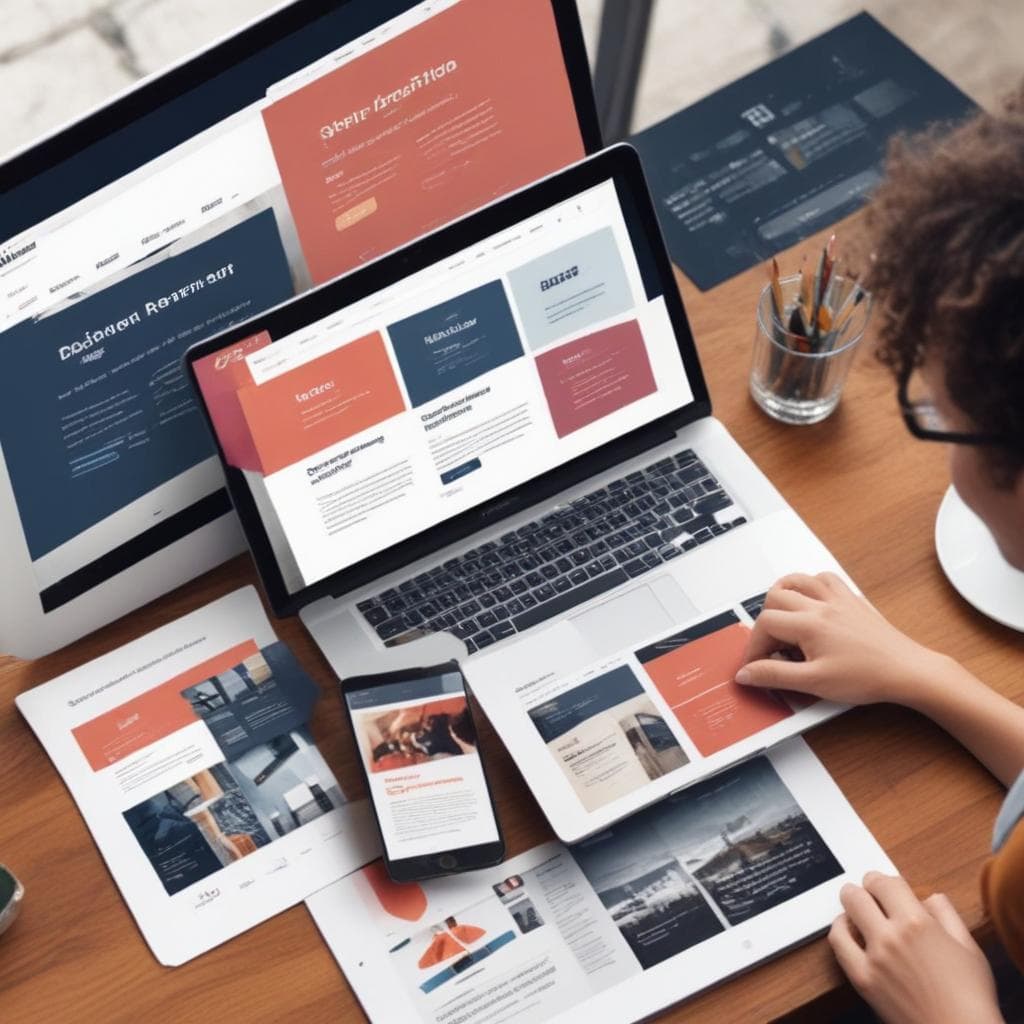
6. Keep Your Site Mobile-Friendly
Regardless of the device they are using to see your website, all visitors should be able to make the most of its professional appearance. To keep up with our increasingly mobile world, companies let you automatically build a mobile-friendly version of your site as you develop it.
Consider the website's mobile version from the perspective of the user, testing each page, user action, and button. The mobile version of the website ought to be more tidy and well-organized. So take into account shrinking some assets, such as menus, and reducing page components. You may use its distinctive mobile characteristics to improve your mobile design.
7. Prioritize site speed above all else
The importance of speed in a great web design is arguably one of the topics that receive the least discussion. According to research, it affects every aspect of business, including bounce rate, user happiness, conversions, and income.
Visitors will leave your website quickly if it is too sluggish. Period. Because people care, search engines do too, and they include page load speed in their results. Making your website as quick as possible is essential for this reason.

8. You'd rather Scroll than Click
How then do you convey the information if you don't compress it into sliders and accordions? To put everything on one long page, it really does work. There is even an intriguing case study with a conversion boost of 30%. There is definitely nothing to be unhappy about, as it is a good thing. It appears that users prefer scrolling to clicking.
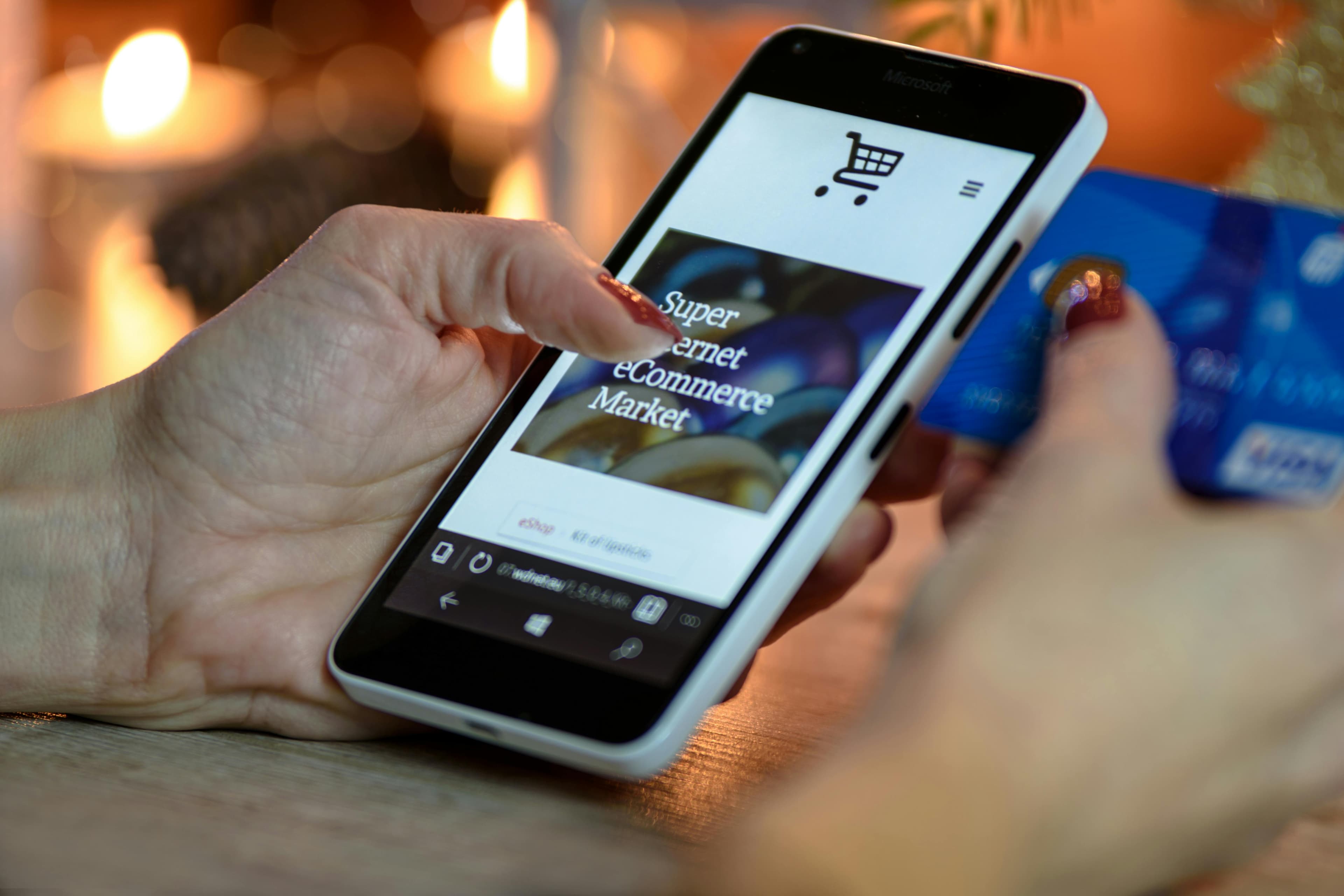
9. Incorporate humans into images, but please avoid stock photos
Other than employing them to draw attention, it's typically a good idea to include other individuals in your website's photographs. Both offline and online, individuals like to interact with one another. For instance, we have about 100 pages on blogs because of this.
People like making connections with other people, both offline and online. This is demonstrated in a case study too.
Conversions jumped by 102.5% when a text-only landing page was replaced with one that had a sizable photo of a person in the background. It's easy but effective to use humans as website imagery.
But there is a catch: stock photos may easily ruin the overall impact. According to research, we are quite adept at identifying and avoiding these typical pictures with a large person in the background. It's easy but effective to use humans as website imagery.
But there is a catch: stock photos may easily ruin the overall impact. According to research, we are quite adept at identifying and avoiding these typical pictures. As a result, you must make sure that any photos of people on your website are accurate and real. Include your staff or consumers. Just reject stock photos, whatever the case may be.
10. Add Buttons for Social Sharing
Does your website have a blog? Do you have social sharing buttons on all of your blogs? If not, the following web design tips might be useful: Every blog article on your website should have a button in the corner that enables visitors to quickly share the blog to their social media accounts without leaving the page.
Without raising your bounce rate, this can raise brand recognition. You don't want readers to be so impressed with your blog that they leave it to share it elsewhere and end up not converting after all. The additional advantage of having social network share buttons is that they inform readers that the blog may be shared. It also encourages others who would not have otherwise considered it. The better the outcomes, the more social media sites will connect to your website.
Suggested Read
Role of AI in UX Design - How Artificial Intelligence Impacts UX
View Blog

11. Make good use of color
What they cannot see, they cannot read. You also don't read what you can't even see. Always make sure that the text on your website contrasts with the background color. There is a good reason why 99.9% of books are printed on white paper with black writing. Simple to read.
Color experimenting is OK and even encouraged, but make sure the colors you choose go well together. No one wants to read bold blue text on a vivid green backdrop. This is a result of the text's challenging reading due to poor contrast.
The same vivid green backdrop also doesn't work well with pink lettering. The user's eyes may become fatigued due to the excessive contrast.
Use only complementary colors that have enough contrast to be readable.
Tips for Website Design: Avoid picking a color only because you like it. Always keep your audience in mind. This is the most common mistake often made by the Web designers. Since all colors arouse emotions, it is important to comprehend color psychology. Ensure that the colors complement the brand as well. The CTA's color should be distinct from the other components.
12. Add FAQs
For the benefit of your website users, create a page specifically for commonly asked questions. Check the FAQ first if you have a question that is really bothering you. Frustration and abandoning the website can result from there being no FAQ page or from being unable to discover the question you're looking for.
In addition to building a FAQ page, we advise you to frequently update it when fresh inquiries about your brand surface. A FAQ page not only benefits your website visitors, but it may also help raise your search engine rankings and make it easier for people to navigate your site.
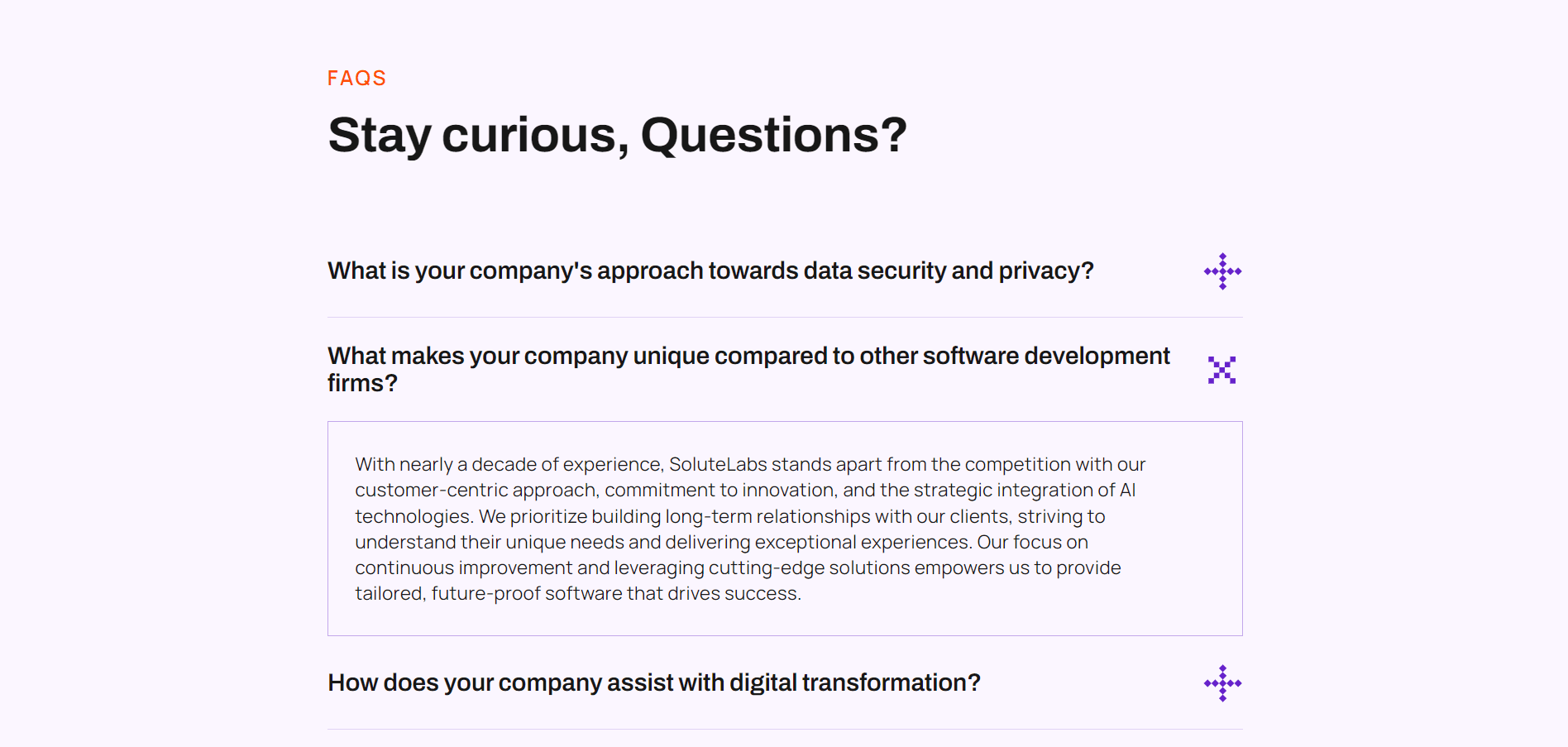
13. Use infographics, please!
Visitors to websites are often overwhelmed by lengthy text blocks. What does it matter if there isn't much room, yet you need to express a lot of information? There are infographics now! Your website may become educational and interesting by organizing the content into clear, simple infographics.
Compelling infographics can keep users on your site longer; using multiple paragraphs to convey the same message can cause visitors to leave. It could go. The infographics that follow are a fantastic illustration of how to successfully display a lot of information without using a lot of text. The viewer is given insightful information on cancer thanks to the clever and succinct integration of images and text.
14. Include endorsements and reviews
You desire others to believe in you. The simplest strategy to increase brand trust is to provide genuine, unvarnished reviews and testimonials from satisfied past or present consumers on your website.
A whopping 90% of internet buyers claim to have read reviews before making a purchase. You don't want potential consumers to visit a competitor's website and read reviews. Include customer reviews on pertinent product pages or create separate review pages that are easy to find and navigate to keep visitors where they want to be on your website.

Conclusion
Well, now isn't it time you thought about redesigning your site? Not just because the competition is getting better but also thanks to ever-changing web trends.
Designing websites that work well and keep up with the changes is what we do best. So, get in touch with us and let us help you with getting a new website tailored to your needs.






